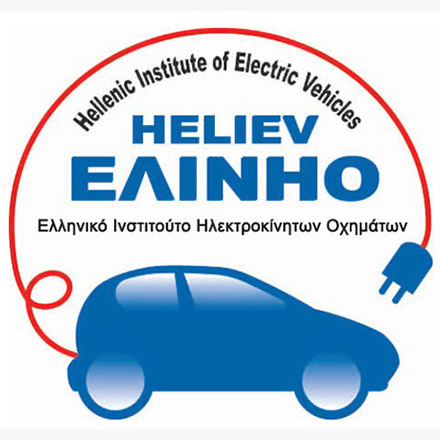Evs technology & types
Just as there are a variety of technologies available in conventional vehicles, plug-in electric vehicles (also known as electric cars or EVs) have different capabilities that can accommodate different drivers’ needs. A major feature of EVs is that drivers can plug them in to charge from an off-board electric power source. This distinguishes them from hybrid electric vehicles, which supplement an internal combustion engine with battery power but cannot be plugged in.
Basic Types of EVs
There are two basic types of EVs: all-electric vehicles (AEVs) and plug-in hybrid electric vehicles (PHEVs). AEVs include Battery Electric Vehicles (BEVs) and Fuel Cell Electric Vehicles (FCEVs). In addition to charging from the electrical grid, both types are charged in part by regenerative braking, which generates electricity from some of the energy normally lost when braking. Which type of vehicle will fit your lifestyle depends on your needs and driving habits. Find out which BEVs and PHEVs are available to suit your needs.
All-electric vehicles (AEVs) run only on electricity. Most have all-electric ranges of 80 to 100 miles, while a few luxury models have ranges up to 250 miles. When the battery is depleted, it can take from 30 minutes (with fast charging) up to nearly a full day (with Level 1 charging) to recharge it, depending on the type of charger and battery.
If this range is not sufficient, a plug-in electric vehicle (PHEV) may be a better choice. PHEVs run on electricity for shorter ranges (6 to 40 miles), then switch over to an internal combustion engine running on gasoline when the battery is depleted. The flexibility of PHEVs allows drivers to use electricity as often as possible while also being able to fuel up with gasoline if needed. Powering the vehicle with electricity from the grid reduces fuel costs, cuts petroleum consumption, and reduces tailpipe emissions compared with conventional vehicles. When driving distances are longer than the all-electric range, PHEVs act like hybrid electric vehicles, consuming less fuel and producing fewer emissions than similar conventional vehicles. Depending on the model, the internal combustion engine may also power the vehicle at other times, such as during rapid acceleration or when using heating or air conditioning. PHEVs could also use hydrogen in a fuel cell, biofuels, or other alternative fuels as a back-up instead of gasoline.
Following some best practices can help you maximize your all-electric range and vehicle efficiency whether you have an AEV or PHEV.
Types of EVS
EVs (also known as plug-in electric vehicles) derive all or part of their power from electricity supplied by the electric grid. They include AEVs and PHEVs.
AEVs and PHEVs
AEVs (all-electric vehicles) are powered by one or more electric motors. They receive electricity by plugging into the grid and store it in batteries. They consume no petroleum-based fuel and produce no tailpipe emissions. AEVs include Battery Electric Vehicles (BEVs) and Fuel Cell Electric Vehicles (FCEVs).
PHEVs (plug-in hybrid electric vehicles) use batteries to power an electric motor, plug into the electric grid to charge, and use a petroleum-based or alternative fuel to power the internal combustion engine. Some types of PHEVs are also called extended-range electric vehicles (EREVs).



